Training your back is not as easy as training your chest, the muscles are so numerous and complex that it really can't be done in one or two movements. These 7 techniques are used by the best! Who wouldn't want to have a better back training? Use the following tips and you will have better training results. Apart from hard pulls and rowing, there are many more back training routines that require a lot of investment in the back, training to the full range of muscles including multiple angles, grip and planes of motion. 7 super useful tips to help you train properly.
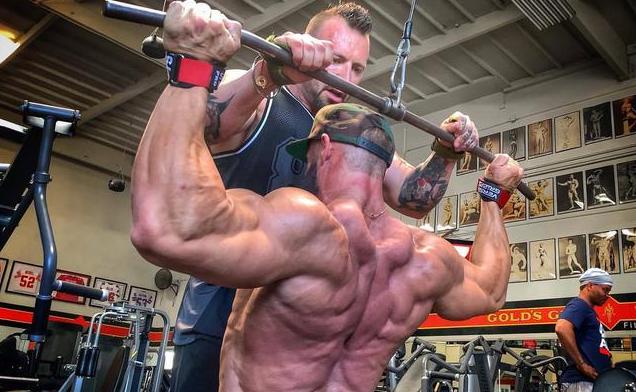
Tip 1: Hard pulling and rowing with large weights
Generally speaking, the first exercise done in a training routine has the greatest impact on the final muscle circumference and strength gain, and the best way to do this is to do more compound training movements, no matter which part of the body you focus on.
Multi-joint compound movements maximise the recruitment of muscle tissue and produce the greatest synthetic impact that can be accomplished with the greatest amount of weight. Back training days can be better stimulated by starting with a hard barbell pull or overhead barbell row.
The hard pull is a posterior chain movement that targets the back side of the body from the calves to the obliques. The overhead barbell row raises smaller angled muscles and targets the muscles responsible for the pulling movement, including the back and biceps. It is possible to increase the weight - both movements are effective in training the muscles - and is the ideal overload of choice training movement to stimulate muscle growth and really benefit from it, in the right way.
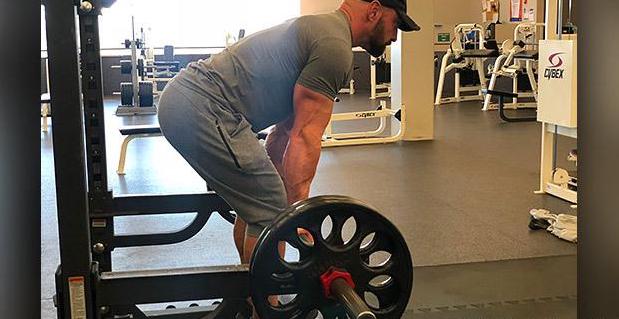
Tip 2: Improve your iron lifting without being blind
When you first start lifting iron, both in terms of strength and girth, gains can be made very quickly, after which you hit the inevitable bottleneck and struggle to break through no matter what you do. What is really needed is to train smarter, not to repeat the same mistakes. Training will often hit a bottleneck and it's not a case of simply breaking through it once and being done with it - after all, effort is not infinite.
Bottlenecks can be broken by training your weak points - breaking through them by adding strength to the range of motion of a particular training movement - such as isometric training and changing plans every six weeks, and using these techniques to attack the sticking points. The idea of solving the problem is not just to practice and forget, but to provide a practical way to overcome the bottleneck and continue to achieve results.

Tip 3: Adopt multiple planes of motion
When training the back, one may only think of the "latissimus dorsi", but this is only a limited perspective. The back consists of a large group of muscles: the lower, middle and upper trapezius, the latissimus dorsi, the rhomboids, the posterior deltoid (and rotator cuff muscles), the greater and lesser circular muscles and the erector spinae.
Specialised training for the back is usually divided into two groups: rowing movements: more or less perpendicular to the body; pull-ups and high pulldowns: pulling in a vertical direction. Rowing movements mainly build thickness in the mid-back, while pull-downs and pull-ups target the width of the back. A good back workout includes both movements and you may include one of these routines but not the other, as tweaking the combination can meet specific goals.
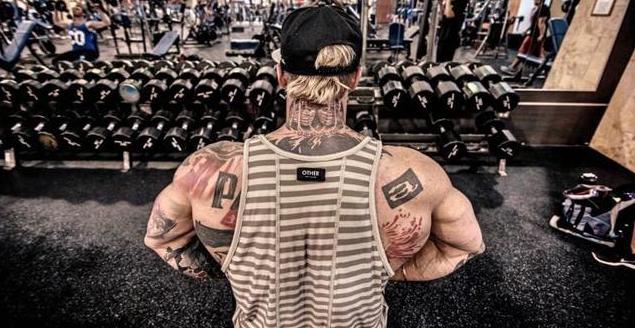
Tip 4: Multiple grips
You may have a favourite grip for doing free weights and machines, but before returning to the routine, think about grip and elbow variations. A forward grip, wider than shoulder-width, with the elbows away from the body, works the upper back fibres better, while a reverse grip, shoulder-width or narrow (opposite grip), with the elbows closer to the body, works the lower latissimus muscle fibres better.
The rowing movement uses a wide grip, pulling the barbell above the pectorals to train the upper latissimus dorsi, middle trapezius and rhomboids, and a narrow grip, pulling the barbell to the lower abdomen to better train the lower latissimus dorsi. Reverse grip barbell rows and high pulldowns have a greater movement stroke and will also target the biceps more. Focus on the grip, adjust the training stimulus, add new variations and move away from the routine.
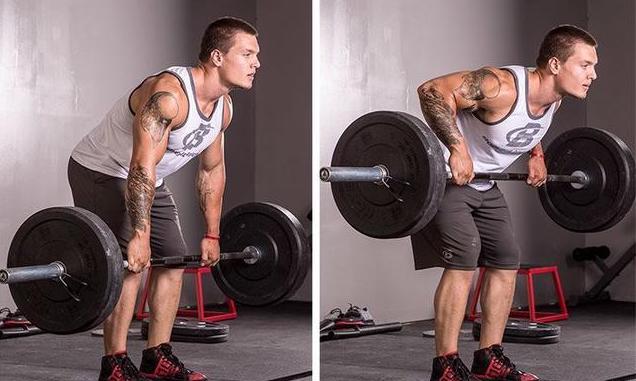
Tip 5: Pull back on your elbows
Don't do half-squats or half-range bench presses, which are often seen in the gym using so much weight that you don't get enough range with each movement. All round training requires pulling the barbell or handles all the way up close to the body, not one less. When pulling, pull the elbows back as far as possible to the back of the body, squeezing the scapulae. Too much weight will reduce the stroke and draw on other muscle groups, especially the erector spinae.
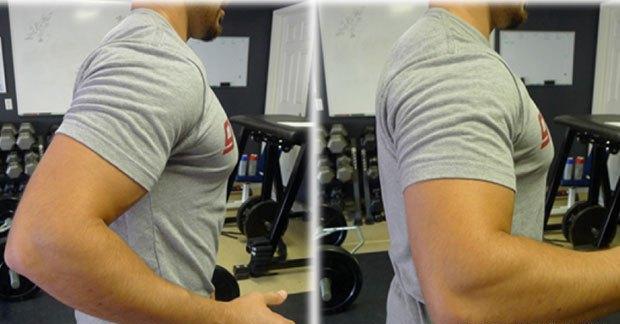
Tip 6: Use a booster band during heavy weight training
The booster band is useful to help maintain grip strength better, especially when working with large weights, but there are pros and cons to the booster band. Hobbyists can also avoid them because they may be concerned about losing forearm and grip strength, but this is not a reason to avoid using a booster band. At heavy deadlifts, grip strength may be lost before the latissimus dorsi muscle fires, allowing for one or two more reps per set. Using them only at maximum deadlift will train grip strength and forearm strength to some extent.
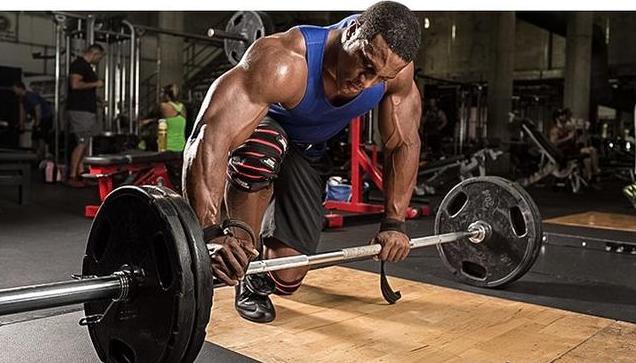
Tip 7: Allow for complete stimulation of the erector spinae, especially at the end of the workout
A lot of back training requires muscles that are strong enough to keep the spine naturally flexed. Training with an arched back is likely to lead to disc injuries, which is a bad thing for enthusiasts, so this is where the vertical spine muscles need to be emphasised. The erector spinae do the work to protect the spine and keep the torso in the same position to protect the discs during heavy weight dip rows, hard pulls and other back exercises.
When the erector spinae is at its best, do the big weights first and when the lower back doesn't need much support, do some easy training movements that target the erector spinae, such as the good morning bow and goat jerk. Also watch your posture! High pulldowns and dip rows with too much incline will mobilise the erector spinae muscles to fire and reduce stimulation of the target muscles, and over-stimulating the erector spinae will also fatigue the lower back quickly.
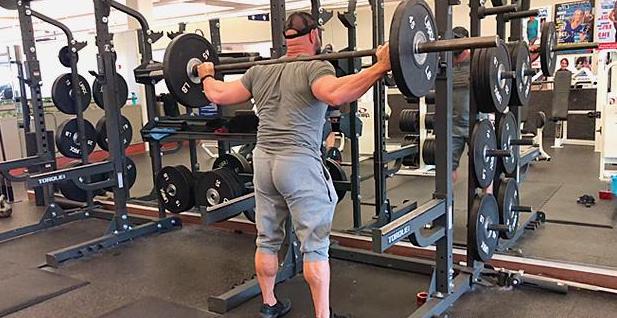
Popular Articles
-
Fitness Equipment | How to choose a suitable for their own yoga mat?
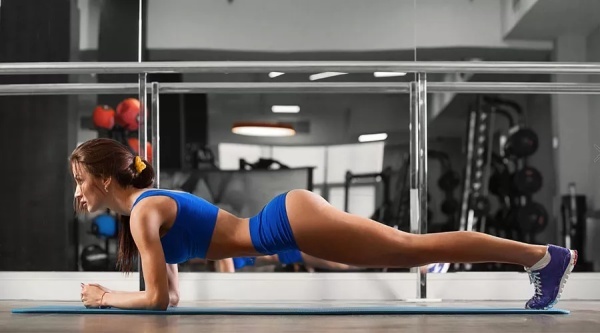
-

Photos
The world's most beautiful big cities at nightJul 01, 2025
-
 These pieces of home goodies, home essential artifacts, has been using a straight cool, home happiness burst
These pieces of home goodies, home essential artifacts, has been using a straight cool, home happiness burstJul 01, 2025
-
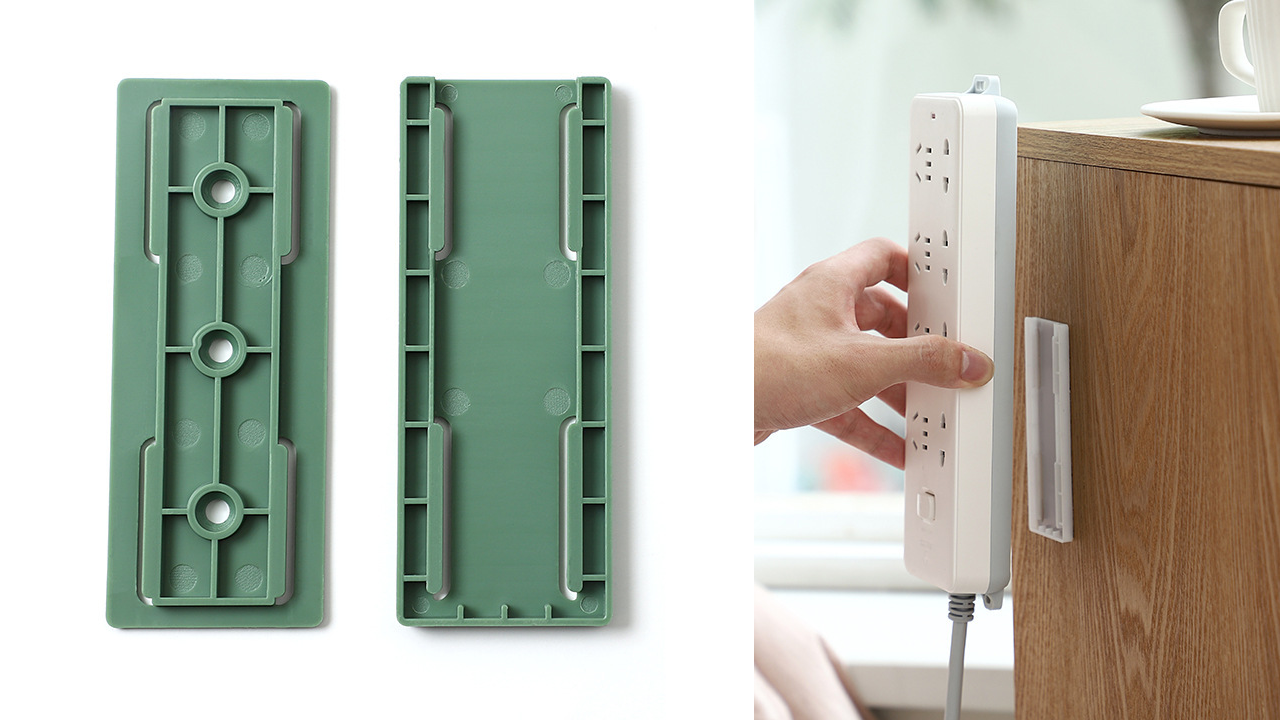
Photos
Keep your power sockets and air conditioner remote control well storedJul 01, 2025
-
 The world's most dinosaur-like lizards: Armadillo ring-tailed lizards
The world's most dinosaur-like lizards: Armadillo ring-tailed lizardsJul 01, 2025
-
 These are the top 4 causes of sunken nails to watch out for!
These are the top 4 causes of sunken nails to watch out for!Jul 01, 2025







Comments
0